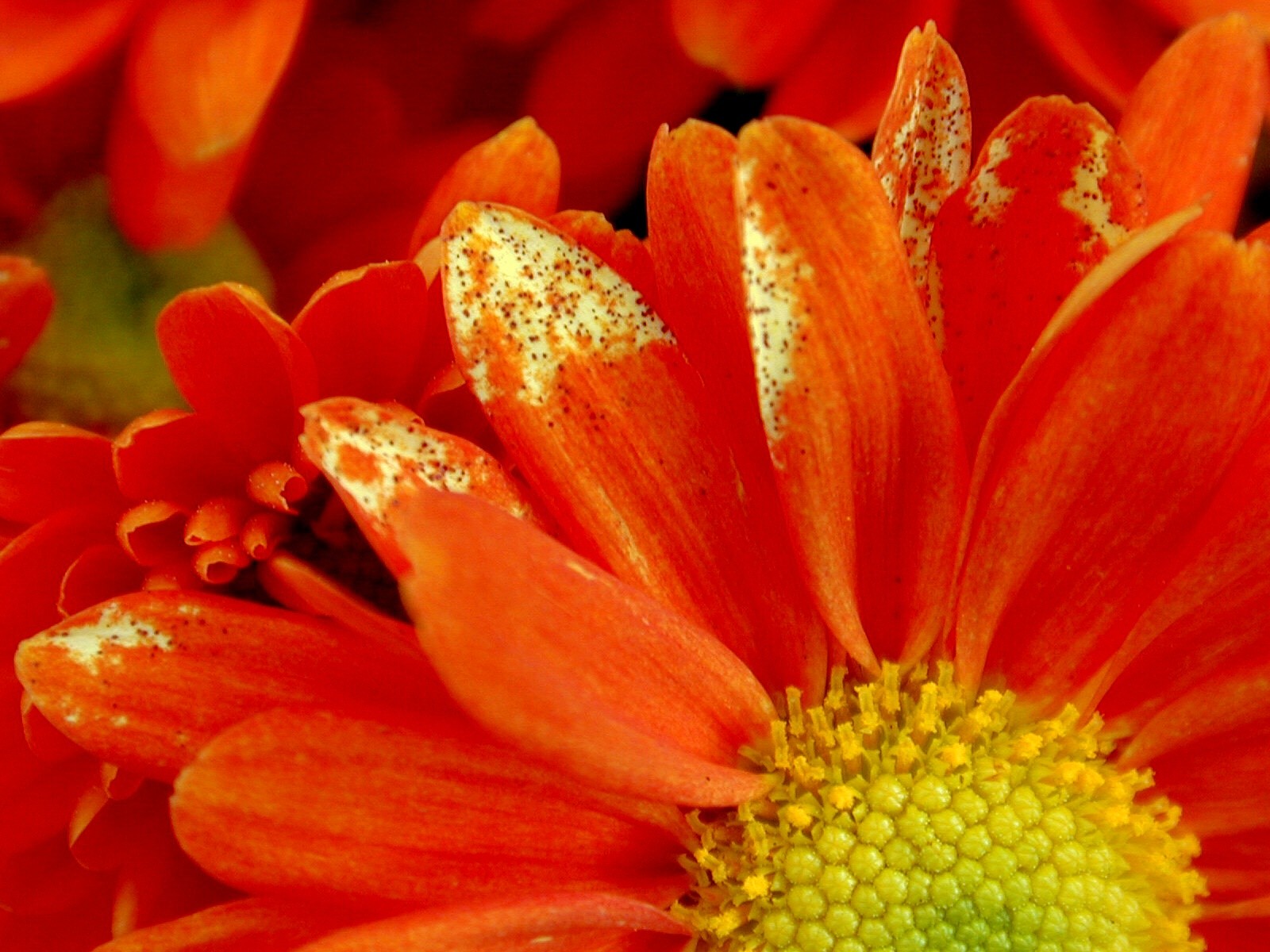Please click here to access the main AHDB website and other sectors.
- Home
- Knowledge library
- Thrips control in protected ornamental crops
Thrips control in protected ornamental crops
Learn to recognise the main species of thrips damaging protected ornamental crops. Understand the biology of pest species, and check the cultural, biological and chemical control methods you can use in your integrated pest management (IPM) strategy.
Management of thrips in protected ornamental crops production
Thrips are one of the most serious pests of protected ornamental crops, feeding on a wide range of plant species. Damage caused by their feeding can make plants unmarketable and the pest can transmit plant viruses. It is important to know which thrips species are present on the nursery, in order to use the most effective control strategy. For example, the main species damaging UK protected crops is western flower thrips (WFT), Frankliniella occidentalis, which is resistant to many plant protection products.
On these pages you'll find information covering the important factors for effective management of thrips:
- Recognising the main thrips species and the damage caused
- The biology of the main species of thrips damaging protected ornamentals
- Monitoring
- Cultural, biological and chemical control
Follow the links below to access more information.
Action points
- Learn to recognise adult thrips on sticky traps, and both adults and larvae on plants
- Be aware of the thrips species present on your nursery (ask an entomologist to confirm)
- Recognise thrips feeding damage and symptoms of thrips-transmitted viruses
- Practice good nursery hygiene and weed control to minimise sources of infestation
- Plan and start biological pest control programmes before thrips or feeding damage is seen
- Monitor traps and plants regularly and keep records. Pay particular attention to favourite host plants and bought-in plant material
- Keep up to date with current biological and plant protection product options
- Only use a plant protection product if necessary, selected according to the thrips species present and whether or not an integrated pest management (IPM) programme is in place. If using IPM, select the safest effective option to minimise side effects on biological control agents
- If a quarantine thrips species is suspected, contact APHA (Plant Health) immediately
Recognition and biology of the main thrips species damaging protected ornamentals
Learn to identify the main species of thrips that can damage protected ornamentals and gain key information about their biology.
Identify key thrips species and understand their biology and favoured host plants
Thrips damage symptoms on protected ornamentals
Recognise symptoms of thrips feeding damage and of viruses spread by thrips on commonly infested protected ornamental plants.
Find out more about the key symptoms of thrips damage on plants
Sources and monitoring of thrips infestations in protected ornamentals
Identify and minimise the potential sources of thrips infestations and determine the best way of monitoring to help plan management strategies.
Cultural, biological and chemical control of thrips in protected ornamentals
Management of thrips on protected ornamentals is best achieved using an integrated control strategy involving a combination of cultural, biological and chemical control methods.
Learn how to combine control methods in an integrated control strategy
Useful links
For more information on thrips read the following Crop Walkers’ Guides:
AHDB Bedding and Pot Plants Crop Walkers’ Guide
AHDB Cut Flower Crop Walkers Guide
Author
Jude Bennison, ADAS Horticulture.
Got a question? Ask a member of the team:
Web page content correct as of May 2021.
Typical petal damage to chrysanthemum caused by western flower thrips feeding, note the black faecal specks

Image © ADAS Horticulture.
Topics:
Sectors:
Tags:

